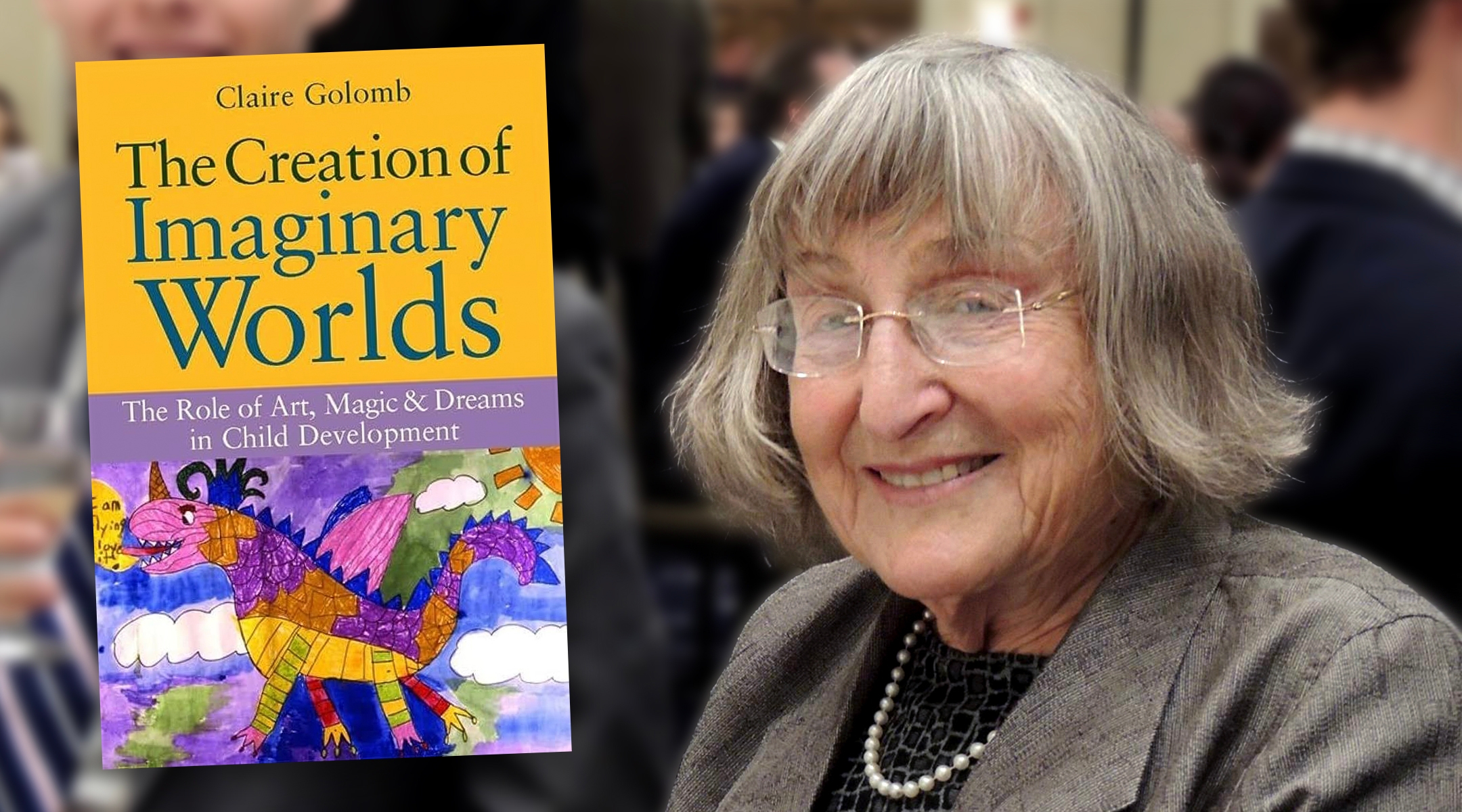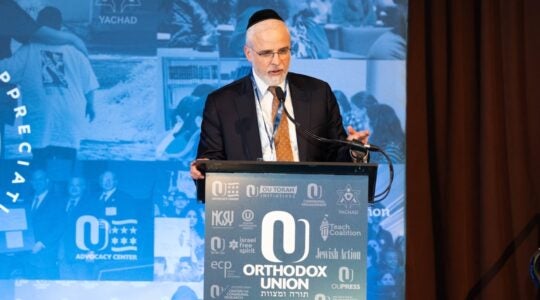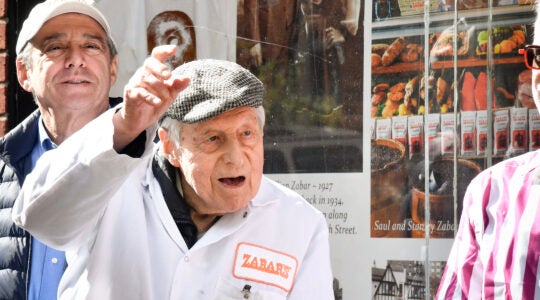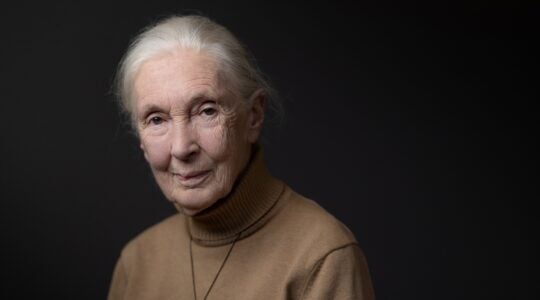(JTA) — Claire Golomb was 10 years old and living in Frankfurt, Germany when, early one morning, there was a loud knock at the door.
Nazis had come to take her father away. She, her mother and her older sister soon fled to Holland, where they would hide until the end of the war.
“You could say that I woke up with a bang during these years,” she told an interviewer for a 2008 oral history. “That’s the end of my childhood, I would say, around the age of 10, and I had a very realistic assessment of what the conditions were.”
If her own childhood ended there, her interest in the psychology of children — especially their creativity and intelligence from an early age — never waned. After making her way to Israel and later to the United States, Golomb became a psychologist and scholar whose work focused on children’s art, make-believe play, story construction and the role of gender in those pursuits.
In works such as her 2011 book “The Creation of Imaginary Worlds,” Golomb explored how children perceive fantasy and fact and are able to tell the difference.
“Being master of an imaginary universe (in art, play, dreams, and stories) can be a source of great satisfaction as it empowers the child, gives expression to often vaguely understood feelings, provides compensation for feeling helpless or powerless, and joy for having invented a world on its own,” she said in her publisher’s interview for that book.
Golomb, a professor emerita in the Department of Psychology at the University of Massachusetts Boston for more than 40 years, died in her home near Boston on July 26. She was 95.
In the oral history interview, Golomb drew a connection between her childhood and her work.
“The events of the Holocaust and its effect on my family and my community no doubt influenced my decision to choose a career of service, a desire to improve upon the world in some ways,” she said. “Because clearly I had to find meaning in my life and I had to make the fact that I survived sort of a response, a positive response to what had happened in some ways. I couldn’t just go back to existing, certainly not with the kind of mindset that I had in terms of looking for meaning and for change.”
Claire Schimmel was born on Jan. 30, 1928, in Frankfurt, the second daughter of Fanny Monderer Schimmel, a homemaker, and Chaskel Schimmel, a businessman who devoted himself to reading Hebrew literature and to Talmudic studies.
Her father was arrested in October 1938, shortly before Kristallnacht, the Night of Broken Glass, when Nazis and their collaborators burned and looted synagogues and Jewish stores throughout Germany and Austria in what was seen as the start of the Holocaust. The women of the family fled to the Netherlands, where their father briefly joined them. After the Nazis occupied the country in 1940, he was arrested again and sent to a concentration camp, where he was killed.
At the end of the war, after years of hiding, Claire became involved in the Zionist Youth Organization, devoting time to youngsters who had lost their families. In 1948, she arrived in what would soon become Israel — illegally, according to the British who were in charge of immigration there — and served in the new state’s army for about one year. She lived on a kibbutz for a time before attending Hebrew University — passing the entrance exam despite not having completed her high school studies in Holland.
In Israel, she met Dan Golomb, a survivor of Auschwitz who was studying physical chemistry. They married in 1954 and shortly thereafter moved to the United States, where Dan got a postdoctoral fellowship at Rutgers University in New Jersey and Claire attended the New School for Social Research in New York.
Dan Golomb, a professor emeritus of environmental, earth, and atmospheric sciences at the University of Massachusetts Lowell, died in 2013. The couple’s daughter Dr. Mayana Golomb, a psychiatrist, died of cancer in 2006. Another daughter, Anath Golomb, a psychologist, lives in Durham, New Hampshire.
Claire Golomb studied with a number of psychologists in a field in which Jewish scholars, including refugees from Europe, were prominent — including Solomon Asch, Eugenia Hanfmann, Ulric Neisser and Abraham Maslow. She was especially influenced by Rudolf Arnheim, the first professor of the psychology of art at Harvard University.
In 1969, she received her Ph.D. in psychology from Brandeis University. Before coming to UMass Boston in 1974, she was an instructor in psychology at Wellesley College from 1969 to 1970. From 1971 to 1974 she was an assistant professor at Brandeis University.
All of her relatives on her mother’s side were killed during the war. In October 2019, Golomb returned to the Netherlands to witness the placement of “stumbling blocks” — brass sidewalk markers — commemorating four of her family members killed in the Holocaust.
Asked how her experiences during the war shaped her life and career, Golomb spoke in the oral history interview of her “willingness to question authority, even authority that I myself found imposing or impressive.”
She added, “It had a much deeper effect in terms of questioning authority, and this is what you might say I have done in my professional life.”
JTA has documented Jewish history in real-time for over a century. Keep our journalism strong by joining us in supporting independent, award-winning reporting.






